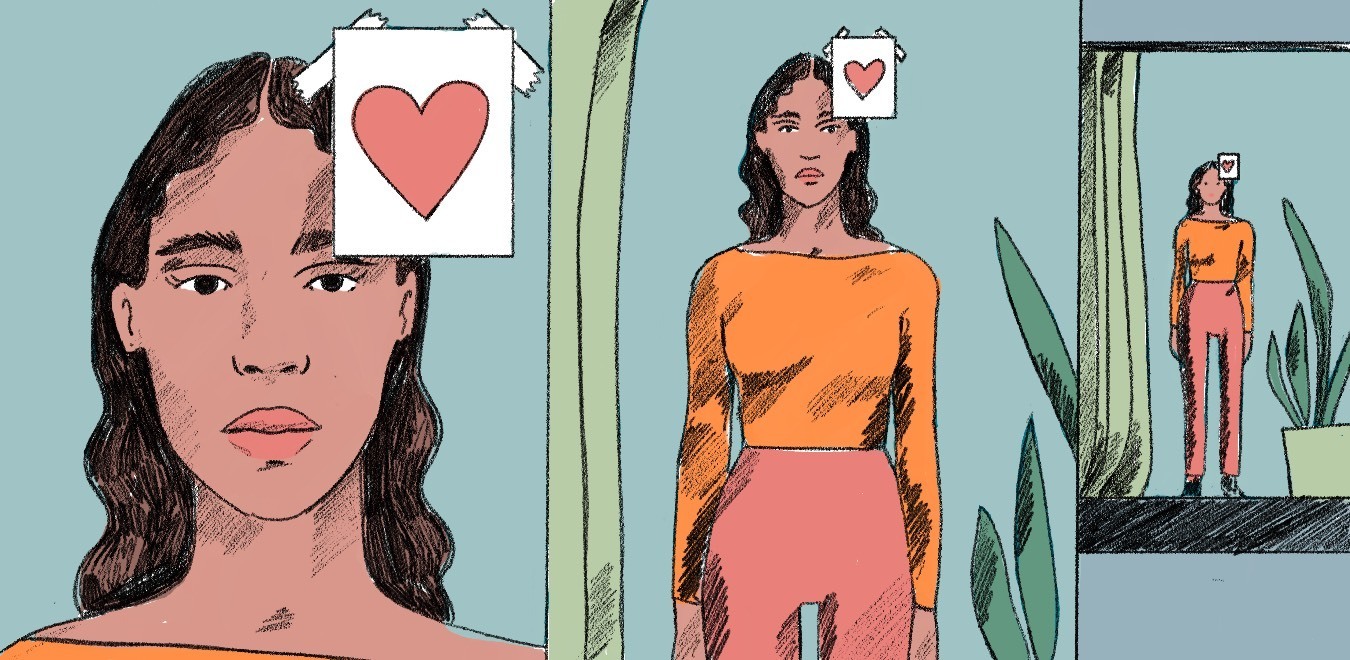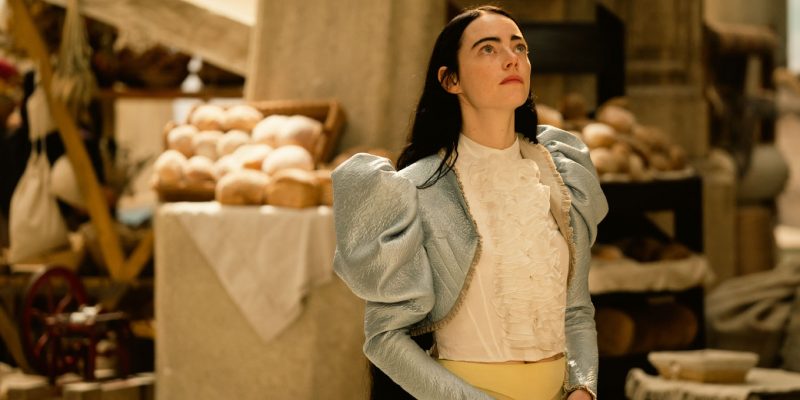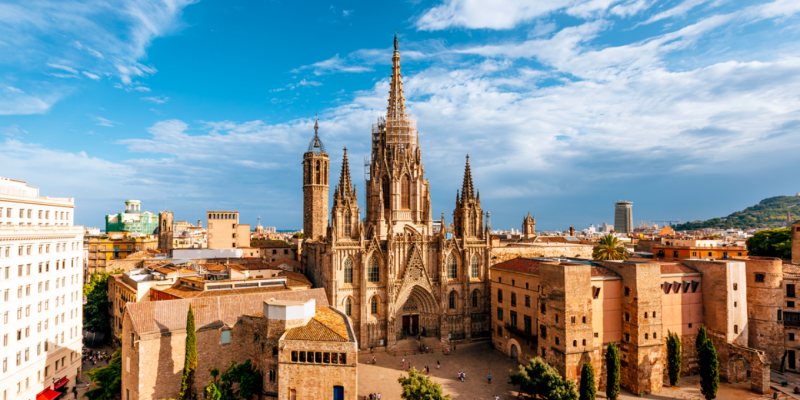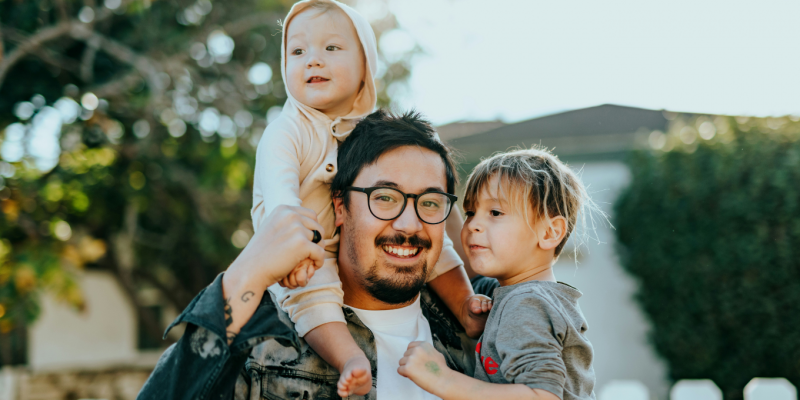Society
What Does the Future Hold Post-COVID-19?
“Even as things are able to start getting back to normal,” Justin Trudeau explained to the press in early April, “they won’t be back to normal.”
by : Amil Niazi- Apr 23rd, 2020

Madison Van Rijn
I went to the grocery store recently for our nerve-racking weekly shop after another particularly tense day spent inside. The store was nearly empty, so I allowed myself to wander the aisles at a slightly less frantic pace, even humming along to the soft classics blaring over the store’s speaker system. My shoulders relaxed a little, and I let the cart glide ahead of me – it felt, I guess, normal. But reality quickly set back in as I got to the checkout line and took my place on the social distancing markers lining the floor. The cashier seemed harried and exhausted, her worried eyes looking out over her mask as the store started to fill up and the line grew longer.
Like most people, I spend my days oscillating between hope, fear, hopelessness and grief. I look at my two-year-old and wonder how he feels when my husband and I haplessly try to explain why playgrounds are closed, and I wonder what impact this period of isolation will have on him. I look desperately for a shred of optimism when I think about what world my daughter will be born into in five weeks or so. I imagine myself talking to both kids about what used to be normal.
A few weeks ago, it was easier to imagine a return to “normal” – to picture an Easter weekend with family or a summer spent with friends by the barbecue. But now the concept of returning to our previous lives exactly as they were, as if the pandemic simply hit pause, feels not only distant but also silly. Where we’re going next will be radically different from where we’ve been, and, frankly, why shouldn’t it be? The COVID-19 pandemic has exposed many of the inequalities that underpinned the way our “normal” society functioned, from precarious low-wage, zero-hour contracts to unaffordable housing and increasingly expensive childcare that often puts the onus of domestic labour on women. In fact, the prime minister recently stated that even when measures like social distancing start to ease, life won’t feel the same for a while. “Even as things are able to start getting back to normal,” Justin Trudeau explained to the press in early April, “they won’t be back to normal.”
The anxiety that’s been creating knots in my stomach is fuelled by a lack of control, by not knowing what my life – or the world – will look like tomorrow or in a month, let alone in a year. But we’re also seeing the potential for positive change to happen after the pain has subsided.
“The COVID-19 pandemic has exposed many of the inequalities that underpinned the way our “normal” society functioned. ”
The hard reality is that our economy will be brought to its knees. Economists are suggesting that Canada’s unemployment rate is already somewhere around 20 percent; in February it was at just over 7 percent. All the major Canadian banks are predicting that the GDP, which is largely used to estimate the growth rate of an economy, will shrink by at least 20 percent. Small businesses are at high risk of closure, and, according to a survey by Restaurants Canada, one in 10 restaurants across the country have already permanently shuttered. Canadian workers have faced mass layoffs and loss of income, as over four million have applied for the Canadian Emergency Relief Benefit since it started taking applications. And while freelancers, artists and contract workers are feeling confused about how they fit into either EI or CERB guidelines, we can cling to the hope that change may come as a result of this mess.
“We’ve seen the government recognize that EI is a limited program that’s based on an old notion of how people are attached to their employer,” says Mel Cappe, a professor at the Munk School of Global Affairs and Public Policy. This crisis presents an opportunity to restructure the way Canada’s social programs work, he says, which is vital given that they haven’t kept pace with the rapidly evolving modern labour force. “The nature of work has changed and is still changing,” he explains. “What we’re going to need is a total revamp of those programs to adapt to individuals who are not in a traditional employment world. We’re going to see dramatic change.” With 40 percent of Canadian millennials saying they’re part of the gig economy, according to a recent Angus Reid study, these adaptations are significant and necessary.
We might also start revisiting the stressful urban lifestyles we’ve collectively embraced. The majority of Canadians live in cities, increasingly dense urban centres where our spaces have become smaller and narrower and our communities less connected. Our transit, roads and infrastructure are built around heavily populated downtowns, and suburbs mainly serve only as feeders to larger cities. We live congested, cramped lives. My own family of almost four is squeezed into less than 1,000 square feet, just like so many of my friends. Could this pandemic shift that? Kenneth Jull, counsel at Gardiner Roberts and an expert in risk management, believes it will. “As a society, we will need to do a complete re-think of our urban planning. For example, New York was an environmental leader with a low carbon footprint per person, due to density, but that has backfired with coronavirus,” he told me. He believes this pandemic could shift our lives toward more rural spaces, especially as work opportunities – the main reason for living in cities – become more decentralized thanks to the boom of pandemic-induced remote-work habits.
“The nature of work has changed and is still changing. ”
And, just as it’s hard to predict the exact toll this pandemic will take on our way of life, it’s difficult to fully express how we’re already feeling. “Humans are social animals, so sustained loneliness can be very difficult and even detrimental to our social, emotional and mental health,” says psychotherapist Andrea Kwan. “As a society, we may feel more fragmented and disconnected as a result of being isolated.”
Most of us are processing new emotions every day, but in an effort to survive, we haven’t stopped to fully grasp the emotional toll all of this is taking. Even those who never get sick will be affected by the cumulative experience of loss, and as more and more of us are faced with sick and dying friends, relatives or loved ones, our grief will become increasingly concrete. It will be a long time before we know the true financial, societal and psychological cost of COVID-19, but between then and now, we have a chance to shift how we think about “normal” life and focus on how we want things to look when the dust settles.
I was speaking to a friend today about how sad and overwhelmed we’re both feeling. We caught ourselves, shifting our conversation to ways we could help each other by, say, taking turns preparing meals within our group of friends to help ease our collective burden. Tired of the solitary lives we’ve been living, we started talking about community; I left the conversation feeling hopeful about what comes next. It might just be a chance to upend the loneliness of modern life and choose each other.
READ MORE:
Newsletter
Join our mailing list for the latest and biggest in fashion trends, beauty, culture and celebrity.
Read Next

Beauty
The Best Met Gala Beauty Looks Of All Time
From Taylor Swift's 'Bleachella' era to Rihanna's iconic 2011 braids, meet the best beauty moments in Met Gala history.
by : Katie Withington- Apr 26th, 2024

Culture
Benny Blanco Says He Fell in Love With Selena Gomez Without ‘Even Noticing’ It
Allow Benny Blanco to tell the straight-from-a-rom-com story of how he realized his feelings for his girlfriend and longtime friend.
by : Alyssa Bailey- Apr 26th, 2024

Culture
ELLE Escapes: Savannah
Where to go, stay, eat and drink in “the Hostess City of the South.”
by : ELLE- Apr 15th, 2024




